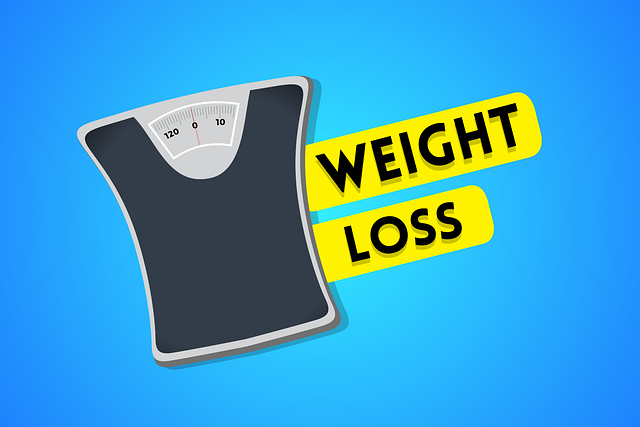Overeating is a complex behavior influenced by a myriad of psychological, emotional, and environmental factors. While it might seem like a simple lack of willpower or self-control, the reality is far more nuanced. For many individuals, overeating serves as a coping mechanism for deeper emotional struggles, stress, or unmet needs. Understanding these underlying psychological factors is essential for addressing overeating in a compassionate and effective way.
The Difference Between Hunger and Emotional Eating
Before delving into the psychology of overeating, it’s important to distinguish between physical hunger and emotional hunger:
- Physical Hunger: This arises from the body’s need for energy and nutrients. It builds gradually, can be satisfied by a variety of foods, and stops when you’re full.
- Emotional Hunger: This stems from feelings rather than physiological needs. It often comes on suddenly, craves specific comfort foods (usually high in sugar, fat, or salt), and doesn’t dissipate even after eating.
Emotional eating is one of the most common drivers of overeating. Instead of nourishing the body, it seeks to soothe emotions like sadness, boredom, loneliness, or anxiety. Unfortunately, this temporary relief is often followed by guilt, shame, or regret, creating a vicious cycle.
Key Psychological Factors Behind Overeating
1. Stress and Anxiety
Chronic stress triggers the release of cortisol, a hormone that increases appetite and cravings for calorie-dense, comforting foods. Many people turn to food as a way to manage overwhelming emotions or escape stressful situations. This type of “stress eating” provides short-term relief but fails to address the root cause of the stress.
2. Depression and Low Mood
Depression is closely linked to changes in appetite. Some individuals lose their desire to eat, while others experience increased cravings for unhealthy foods. Overeating may serve as a form of self-medication, providing fleeting pleasure or numbing painful emotions. However, this pattern can exacerbate feelings of worthlessness and fatigue associated with depression.
3. Boredom and Lack of Fulfillment
In today’s fast-paced world, many people struggle with finding meaning or purpose in their daily lives. Boredom can lead to mindless snacking or overeating as a way to fill the void. Without engaging activities or hobbies, food becomes an easy distraction.
4. Trauma and Emotional Wounds
Past traumatic experiences, such as abuse, neglect, or loss, can manifest in disordered eating patterns. Food may become a source of comfort or control when other aspects of life feel chaotic or unsafe. Overeating in response to trauma often stems from unresolved emotional pain that requires professional support to heal.
5. Perfectionism and Restrictive Dieting
Ironically, restrictive diets aimed at weight loss can backfire and lead to overeating. When individuals deprive themselves of certain foods or adopt overly rigid eating rules, they set themselves up for binge-like episodes once they “break” those rules. Perfectionistic tendencies—such as striving for an ideal body image or fearing failure—can also contribute to an unhealthy relationship with food.
6. Social and Cultural Influences
Social settings often encourage overeating, whether it’s during holidays, celebrations, or casual gatherings. The pressure to conform to cultural norms around food (e.g., finishing everything on your plate) or using food as a bonding activity can override internal hunger cues. Additionally, advertisements promoting indulgent foods can normalize overconsumption.
7. Low Self-Esteem and Negative Self-Talk
People with low self-esteem may use food as a way to cope with feelings of inadequacy or self-criticism. Negative self-talk, such as labeling oneself as “lazy” or “undisciplined,” can perpetuate cycles of emotional eating and reinforce negative beliefs about one’s worth.
The Role of Habit Formation and Conditioning
Overeating is not always driven solely by emotions; habits and conditioning also play a significant role. For example:
- Reward Systems: If someone consistently turns to food as a reward for completing tasks or enduring difficult situations, their brain begins to associate food with positive reinforcement.
- Cue-Routine-Reward Loops: Environmental triggers, such as seeing a bag of chips or smelling freshly baked cookies, can prompt automatic overeating behaviors without conscious thought.
Breaking these ingrained patterns requires awareness and intentional effort to replace them with healthier alternatives.
Signs That Overeating May Be Linked to Psychological Issues
Recognizing the signs of emotionally driven overeating can help individuals seek appropriate support. Common indicators include:
- Eating large quantities of food even when not physically hungry
- Feeling out of control during eating episodes
- Experiencing guilt, shame, or regret after overeating
- Using food as a primary coping mechanism for stress or difficult emotions
- Hiding or sneaking food due to embarrassment
If these behaviors persist, they may indicate the presence of binge-eating disorder (BED) or another eating-related condition, which should be addressed with the help of a mental health professional.
Strategies for Addressing the Psychological Roots of Overeating
Addressing overeating involves more than just following a diet plan—it requires tackling the emotional and psychological factors at play. Here are some evidence-based strategies:
1. Practice Mindful Eating
Mindful eating encourages individuals to slow down, pay attention to hunger and fullness cues, and savor each bite. This practice helps break the cycle of mindless overeating and fosters a healthier relationship with food.
2. Develop Healthy Coping Mechanisms
Instead of turning to food during times of stress or sadness, explore alternative ways to manage emotions. Activities like journaling, meditation, exercise, or talking to a trusted friend can provide healthier outlets for processing feelings.
3. Challenge Negative Thoughts
Cognitive-behavioral techniques can help reframe unhelpful thoughts about food, body image, and self-worth. Working with a therapist can guide individuals in identifying and replacing destructive thought patterns.
4. Seek Professional Support
Therapy, particularly approaches like cognitive-behavioral therapy (CBT) or dialectical behavior therapy (DBT), can address the root causes of overeating and teach practical skills for managing emotions. Nutrition counseling can also provide personalized guidance for building balanced eating habits.
5. Build a Support Network
Surrounding yourself with supportive friends, family members, or support groups can reduce feelings of isolation and accountability. Sharing experiences with others who understand the challenges of overeating can be incredibly empowering.
6. Create a Balanced Lifestyle
Prioritizing sleep, regular physical activity, and stress management can significantly impact eating behaviors. A well-rounded lifestyle reduces the likelihood of turning to food as a coping mechanism.
7. Limit Triggers
Identify environmental triggers that lead to overeating and take steps to minimize them. For example, keep tempting snacks out of sight, avoid grocery shopping when hungry, or limit exposure to food-related advertisements.








